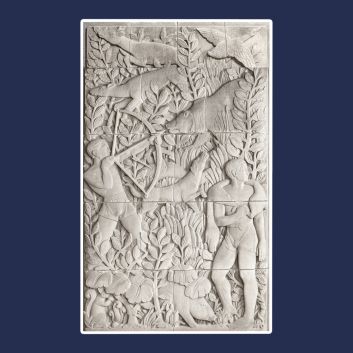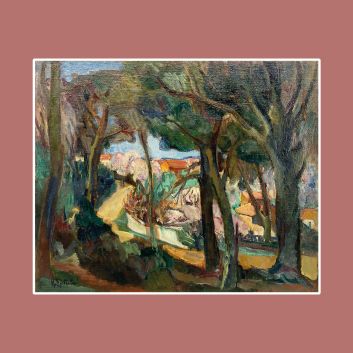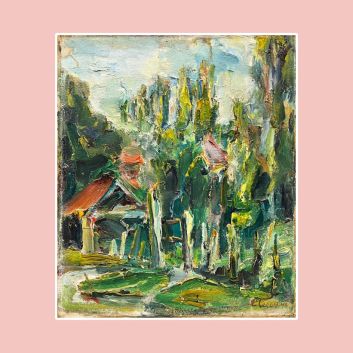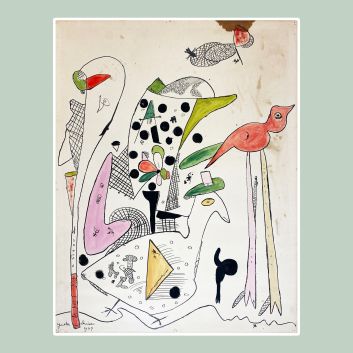Rating and value of twentieth century war paintings and drawings
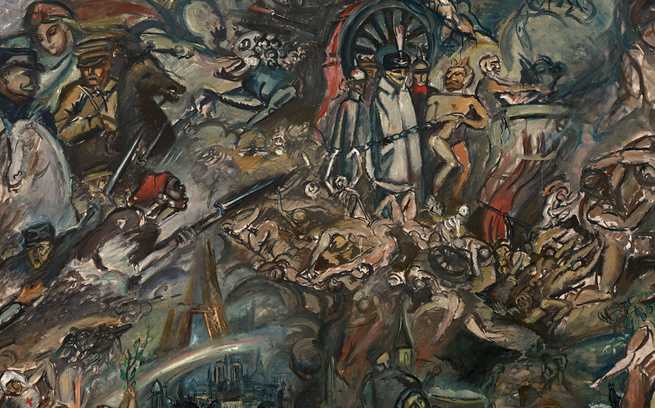
If you own a 20th-century war painting, and would like to know its value, our state-approved experts and auctioneers can offer you their appraisal services. Our specialists will carry out a free appraisal of your object, and provide you with a precise estimate of its value on today's market. Then, if you wish to sell your painting, we'll guide you towards the best possible means of obtaining the best possible price. The price of a painting can vary greatly, depending on the artist, the state of conservation, the school of painting and the subject depicted.
Rating and value of 20th century war paintings
Twentieth-century war paintings are appreciated and sought-after by collectors. The price at which they sell on the art and auction markets ranges from €55 to €36,448,000, a considerable delta but one that speaks volumes about the value that can be attributed to your paintings. They are prized by buyers of all nationalities, and are of interest to some collectors because they are sometimes less expensive than masterpieces when the artist is not identified. Ernest Ludwig Kirchner's oil on canvas Das soldatenbad , for example, fetched €17,076,864, whereas it was estimated at between €13,341,300 and €17,788,400.
Order of value from simplest to most prestigious painting
Type of work | Results |
|---|---|
Academic tables | From €55 to €147,300 |
Impressionist paintings | From €1,175 to €1,174,740 |
Post-Impressionist paintings | From €120 to €1,698,660 |
Paintings by the Nabis | From €400 to €2,700,000 |
Figurative paintings | From €230 to €7,487,350 |
Expressionist paintings | From €230 to €36,448,000 |
Response in less than 24h
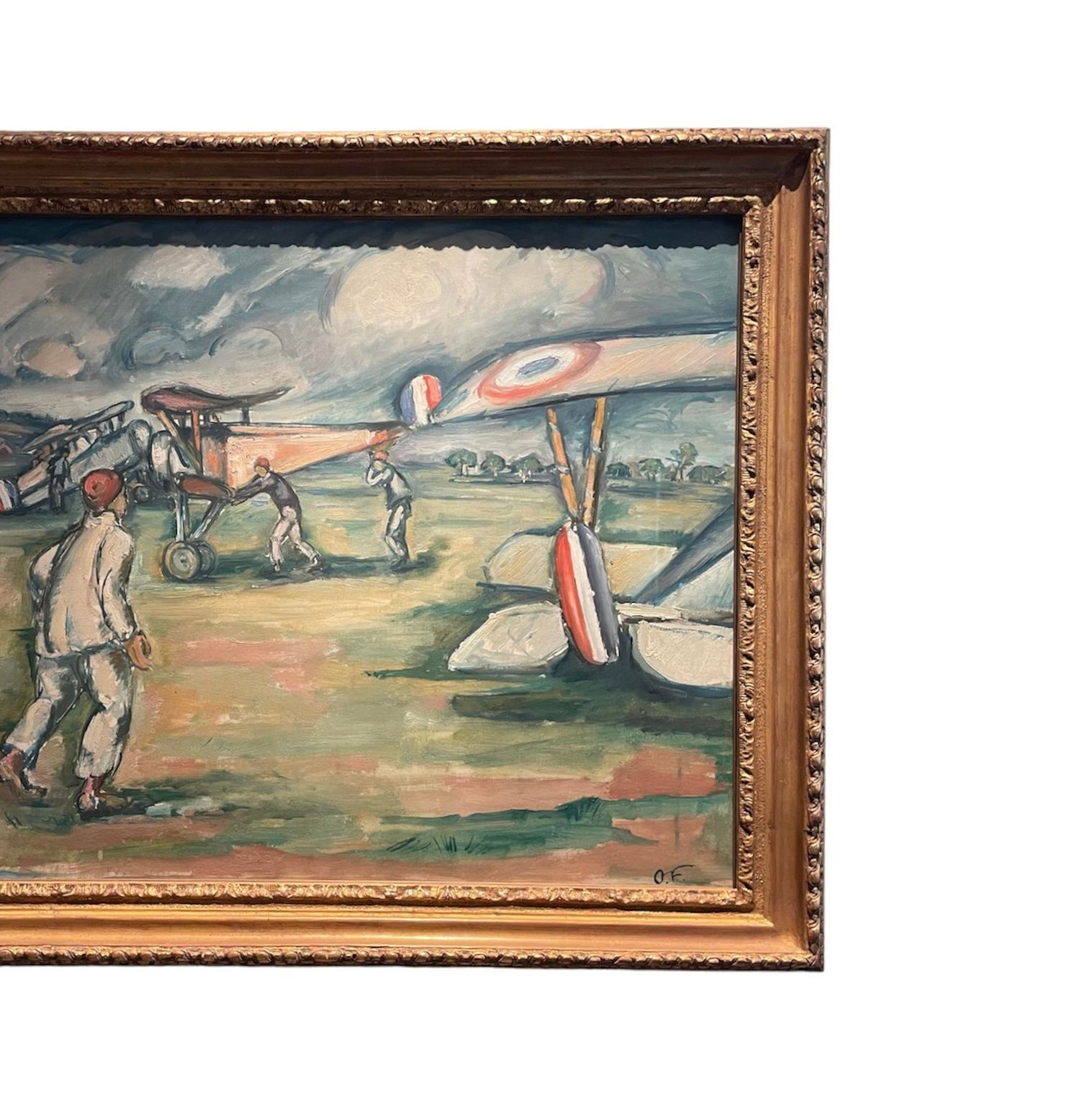
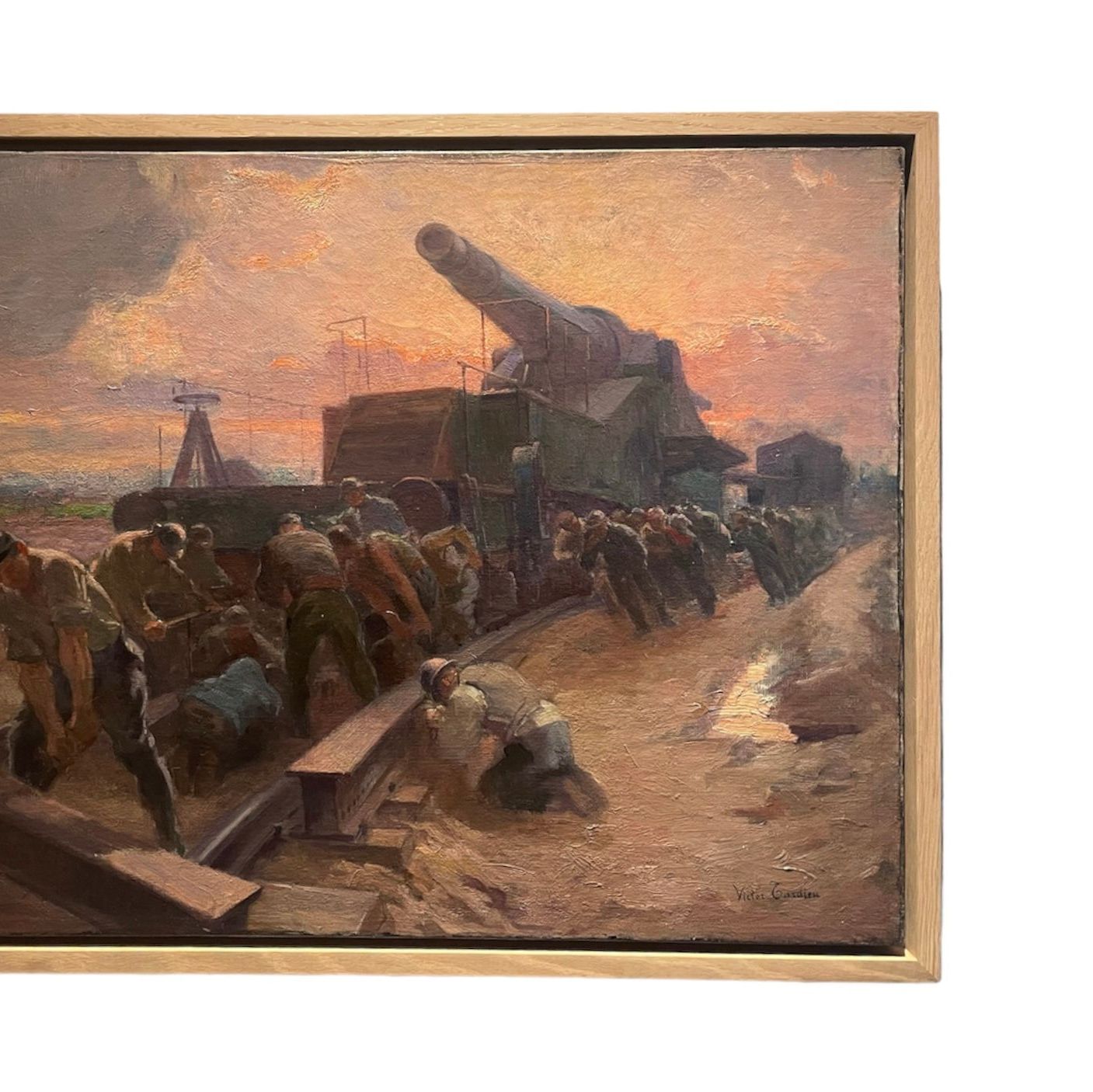
Reasons to have a war painting appraised at auction
If you own a painting depicting the conflicts of the 20th century, you may be unaware of its value. Even if the painting is not signed, it is possible in some cases to identify the artist. If it's listed on the auction market, then the price can rise very quickly. It is also possible that the artist is not identifiable, and that only the school of the painting is known.
Defining a war chart
A war picture is a work of art often painted on a flat surface, usually using oil on canvas. However, some works are produced using drawing, etching, charcoal, oil on bristol or other techniques. These are no longer, as in the 19th century and particularly in the case of First Empire paintings of battle scenes, history paintings in the academic sense.
Artists took advantage of the new artistic currents emerging at the beginning of the 20th century, and stopped conforming to the material and stylistic constraints of the Académie. All currents were put to good use. Some artists made war painting their specialty, but others, such as Maurice Denis and Othon Friesz, painted a few canvases inspired by a conflict without devoting their entire output to it.
During and after the Second World War, the violence and complexity of the conflict completely overturned the way war was represented and the techniques used.
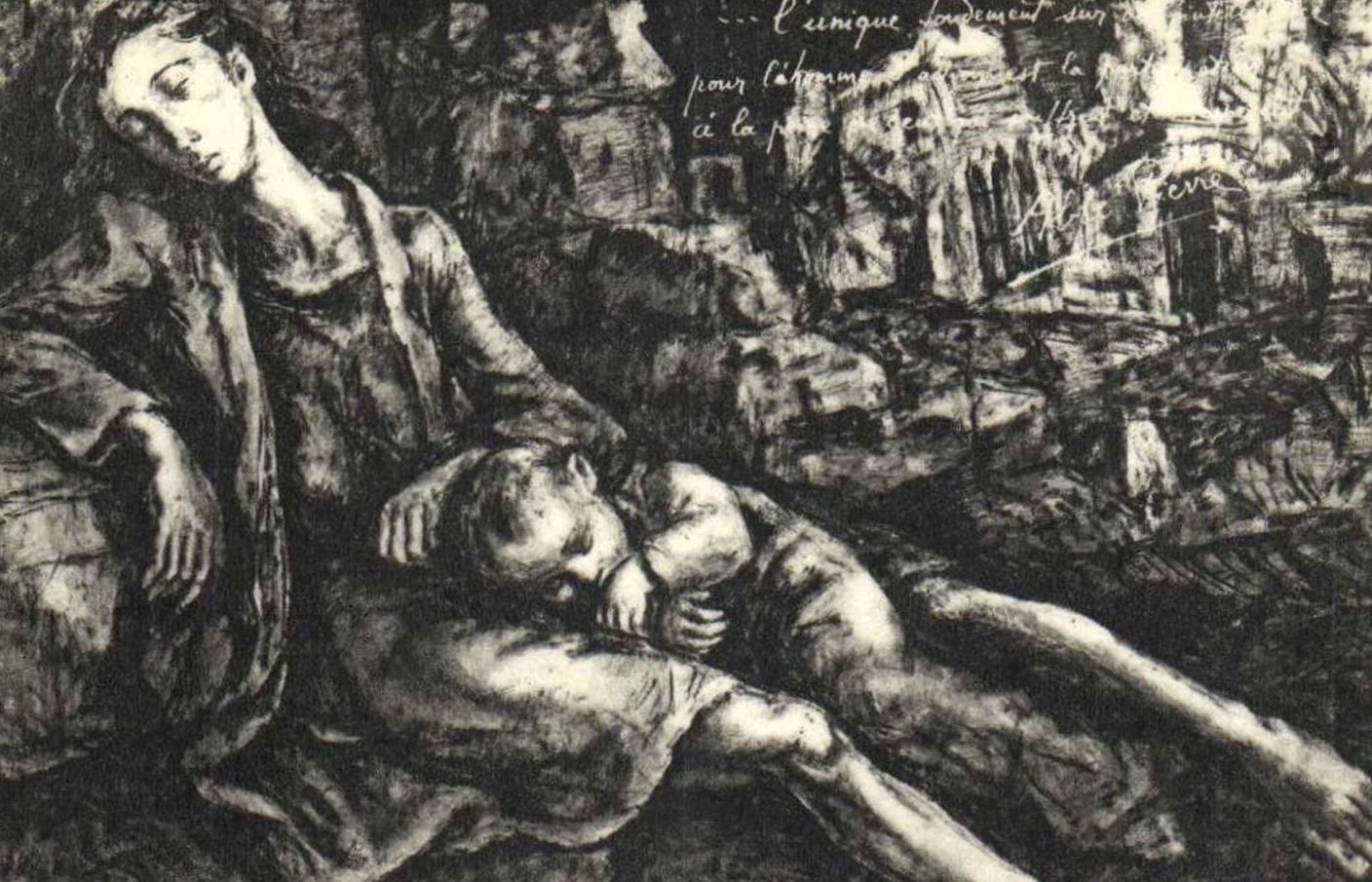
Representing war in the 20th century
The twentieth century was marked by two major wars that had a major influence on the history of art.
During the First World War, painters drew their inspiration from soldiers' daily lives, the number of soldiers who died at the front, and the weapons used. They remained in the vein of impressionism and realism, without distorting bodies and forms too much. The colors used can sometimes be very light, but paintings from this period give the impression that the dominant color is gray. In the paintings by Maurice Denis depicting the conflicts of this period, a gray veil seems to cover the picture. The violence of war remains underlying, and the dead are depicted in the image of the bodies of the living. As in literature, painting of the Great War takes a step back from reality, as in Voyage au bout de la nuit.
Grey then gave way to blackness in the representation of war. Artists used different methods to express the horror of the Holocaust.
We felt it was necessary to express our feelings and let our emotions shine through. Suffering is obvious, and death is portrayed very differently. Corpses are portrayed as skeletons rather than living creatures. The trauma that emanates from the canvases is much more significant, and the psychic imbalance engendered by the war is blatantly obvious. A raw reality is discernible despite the techniques used, which turn out to be mostly drawing, with the almost systematic use of black and white only. These characteristics are very present in the drawings of Zoran Music and Maurice Mendjiksy, who notably depicted the Polish ghettos.
Signing paintings
Many twentieth-century war paintings are not signed, and neither are the backs of their frames. That's why it's important to have your work appraised.
Find out the exact value of your painting
If you happen to own a war painting of any school, or think you might, don't hesitate to request a free appraisal using the form on our website. A member of our team of experts and chartered auctioneers will contact you promptly with an estimate of the market value of your painting, and will provide you with all the relevant information. If you wish to sell your product, you will also be accompanied by our specialists in order to benefit from alternatives for selling it at the best possible price, taking into account the inclinations of the market.
Response in less than 24h
Related topics
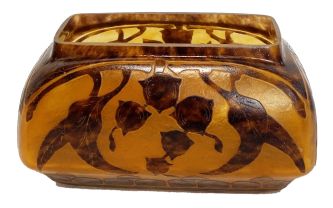
The quotation, value of vases and glassware by Charles Schne...
Charles Schneider, master glassmaker at Schneider, is highly rated at auction. The value of his works is high. Estimate in less than 24h.
Read more >

Rating and value of works, drawings, paintings by Leonor Fin...
Leonor Fini is a 20th-century Surrealist artist whose drawings, prints and paintings are sought-after and highly prized at auction.
Read more >
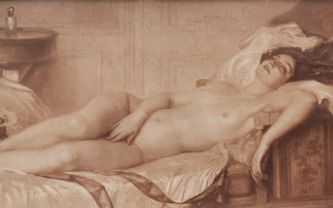
Rating and value of paintings by Victor Ta...
Victor Tardieu is a 20th-century French painter who worked in Indochina. His value is constantly rising on the auction market.
Read more >
Secure site, anonymity preserved
State-approved auctioneer and expert
Free, certified estimates
